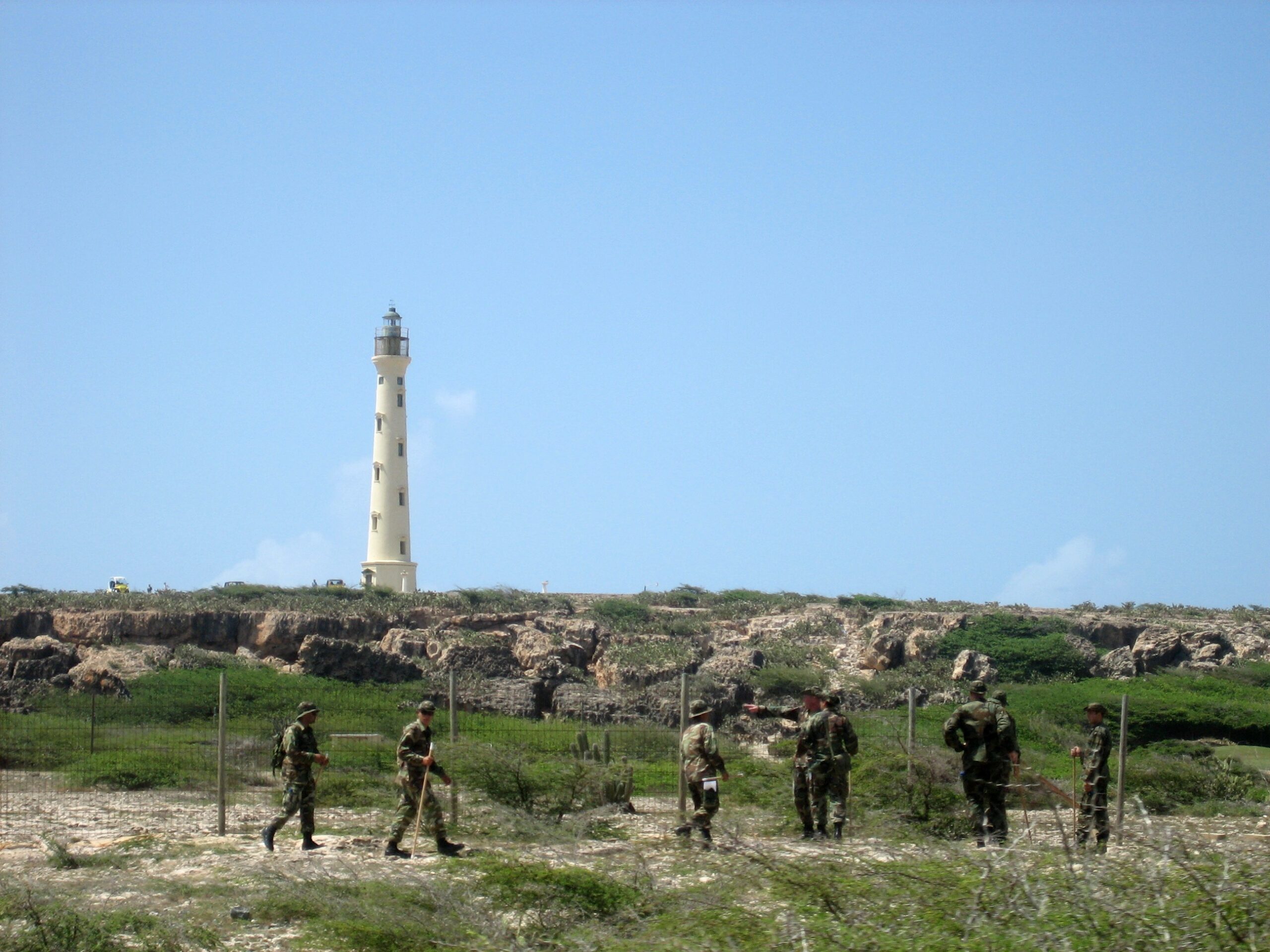- Most Infamous Terrorist Leaders in History - April 22, 2025
- From Bamboo to Billions: How Smugglers Exploit China’s Wildlife Trade - April 10, 2025
- Environmental Corruption in South America: Nature for Sale - April 10, 2025
Osama bin Laden: The Face of Global Jihad

Osama bin Laden’s name is engraved in the world’s memory as the mastermind behind the September 11, 2001 attacks, which shocked the globe and left nearly 3,000 people dead. Raised in a wealthy Saudi family, bin Laden became radicalized during the Soviet-Afghan war, eventually founding al-Qaeda in 1988. His vision was chillingly ambitious: to unite Muslims under a single caliphate by waging violent jihad against the West. Bin Laden’s influence extended far beyond al-Qaeda, inspiring a generation of extremists and countless terror plots across continents. Even after his death in 2011 during a U.S. Navy SEAL raid in Abbottabad, Pakistan, his ideology continues to reverberate, proving frighteningly resilient. U.S. intelligence and global agencies have repeatedly identified bin Laden as a pivotal figure in modern terrorism, responsible for attacks from Africa to the Middle East. His legacy is a haunting reminder of how a single leader can change the course of history through terror.
Abu Bakr al-Baghdadi: The Caliph of Chaos
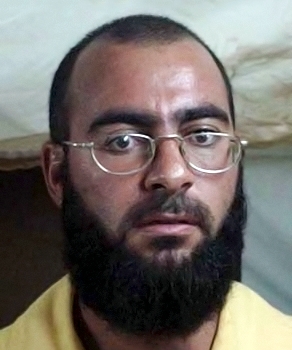
Abu Bakr al-Baghdadi emerged from obscurity to become one of the world’s most feared terrorist leaders as the head of ISIS. Born in Iraq, he transformed a local insurgency into a global threat by declaring the establishment of a caliphate in 2014, seizing swathes of territory in Iraq and Syria. Under his ruthless leadership, ISIS unleashed shocking violence—public executions, sexual enslavement, and attacks on ancient sites. His group mastered propaganda, attracting tens of thousands of foreign fighters through slick online recruitment and messaging. The world watched in horror as ISIS-inspired attacks struck cities like Paris, Brussels, and Istanbul. Al-Baghdadi’s death in a U.S. military raid in Syria in 2019 was a major blow, but cells of ISIS fighters remain active, showing the enduring threat of his radical vision. The United Nations and various governments have documented the staggering brutality and reach of ISIS under his rule.
Ayman al-Zawahiri: The Quiet Strategist

Ayman al-Zawahiri, an Egyptian surgeon turned jihadist, took over al-Qaeda after bin Laden’s death. Unlike his predecessor, al-Zawahiri was more reserved but no less dangerous, playing a key role in planning the 9/11 attacks and other deadly plots. He shifted al-Qaeda’s focus to local conflicts, encouraging regional affiliates in Africa, the Middle East, and South Asia. Al-Zawahiri’s leadership style was methodical, aiming to keep al-Qaeda relevant despite the rise of ISIS. His presence was felt in ongoing insurgencies and in the persistent threat al-Qaeda posed to Western and regional interests. The U.S. targeted him for years, and in July 2022, he was killed in a drone strike in Kabul, Afghanistan, marking another chapter in the fight against terrorist leaders. Intelligence agencies consistently recognized his role as a master strategist, keeping al-Qaeda dangerous and adaptive.
Abu Musab al-Zarqawi: Architect of Sectarian Violence
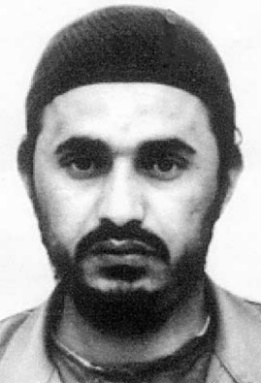
Abu Musab al-Zarqawi brought terror to Iraq with unrivaled brutality, founding al-Qaeda in Iraq, which would later morph into ISIS. His reign was marked by gruesome tactics—beheadings, suicide bombings, and targeted attacks on Shia civilians meant to ignite sectarian war. Zarqawi’s operations caught the world’s attention, with many of his attacks broadcast on the internet, fueling fear and anger globally. He exploited the chaos after the U.S. invasion of Iraq in 2003, turning the country into a bloody battlefield. Zarqawi’s death in a 2006 U.S. airstrike was a relief to many, but his blueprint for sectarian terror endured and spread. Military and intelligence reports from that period frequently emphasized the unique threat he posed due to his extreme violence and ability to inspire recruits. The scars of his campaign are still visible in the region today.
Carlos the Jackal: The International Mercenary

Ilich Ramírez Sánchez, known to the world as Carlos the Jackal, became infamous in the 1970s and 1980s for his globe-trotting campaigns of violence. Operating mostly in Europe, Carlos carried out bombings, assassinations, and kidnappings, often for political groups like the Popular Front for the Liberation of Palestine. His most notorious act was the 1975 hostage-taking at an OPEC meeting in Vienna, which drew international headlines. Carlos thrived during the Cold War era, exploiting political tensions and state sponsorship. He was finally captured in Sudan in 1994 and extradited to France, where he remains imprisoned for multiple life sentences. Carlos’s story illustrates how terrorist leaders can become larger-than-life figures, blending ideology with mercenary tactics. Court records and European police files underscore the breadth of his operations and the chaos he caused.
Anders Behring Breivik: The Lone Wolf Extremist

Anders Behring Breivik horrified Norway and the world in 2011 when he carried out a bombing in Oslo and a mass shooting on Utøya island, killing 77 people, most of them teenagers. Breivik’s manifesto revealed a twisted ideology rooted in far-right, anti-immigrant, and anti-Muslim beliefs. Unlike other terrorist leaders, Breivik acted alone, but his meticulous planning and ideological fervor set a grim example for future extremists. His trial became a national reckoning for Norway, sparking debates over security, mental health, and freedom of speech. Despite his isolation, Breivik’s writings and courtroom statements have been cited by other far-right attackers. Legal documents and police reports from Norway provide a detailed account of his methods and motivations, making Breivik a chilling reminder of the threat posed by homegrown extremists.
Dzhokhar Dudayev and Shamil Basayev: Chechnya’s War Chiefs
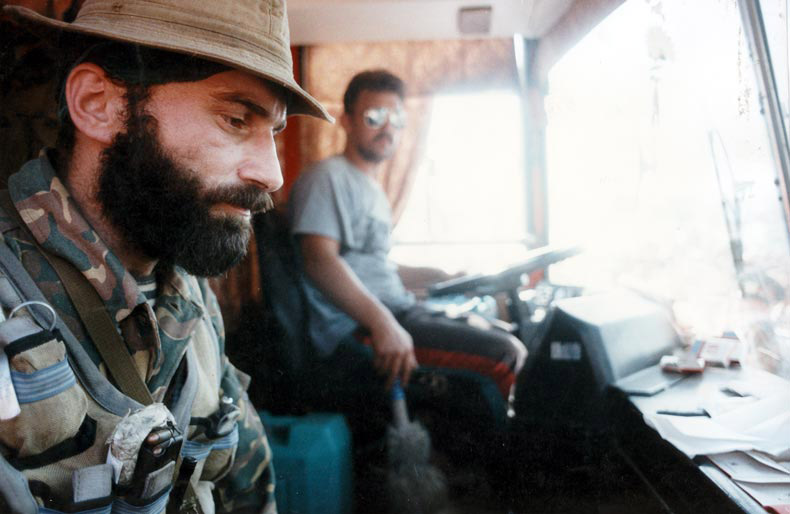
The Chechen wars in the 1990s produced two notorious leaders: Dzhokhar Dudayev and Shamil Basayev. Dudayev, the former Soviet general, led the fight for Chechen independence, while Basayev became infamous for orchestrating some of Russia’s deadliest terror attacks, including the 2004 Beslan school siege, where more than 300 hostages, many of them children, died. Their struggle was rooted in a desire for self-determination but soon spiraled into brutal insurgency and terrorism. Russian security operations targeted both men, with Dudayev killed in 1996 and Basayev in 2006. The international community watched as their actions shaped Russia’s harsh counter-terrorism policies. Reports from Human Rights organizations and Russian authorities detail the scale and horror of attacks linked to Chechen militants.
Hassan Nasrallah: The Shadow Commander of Hezbollah
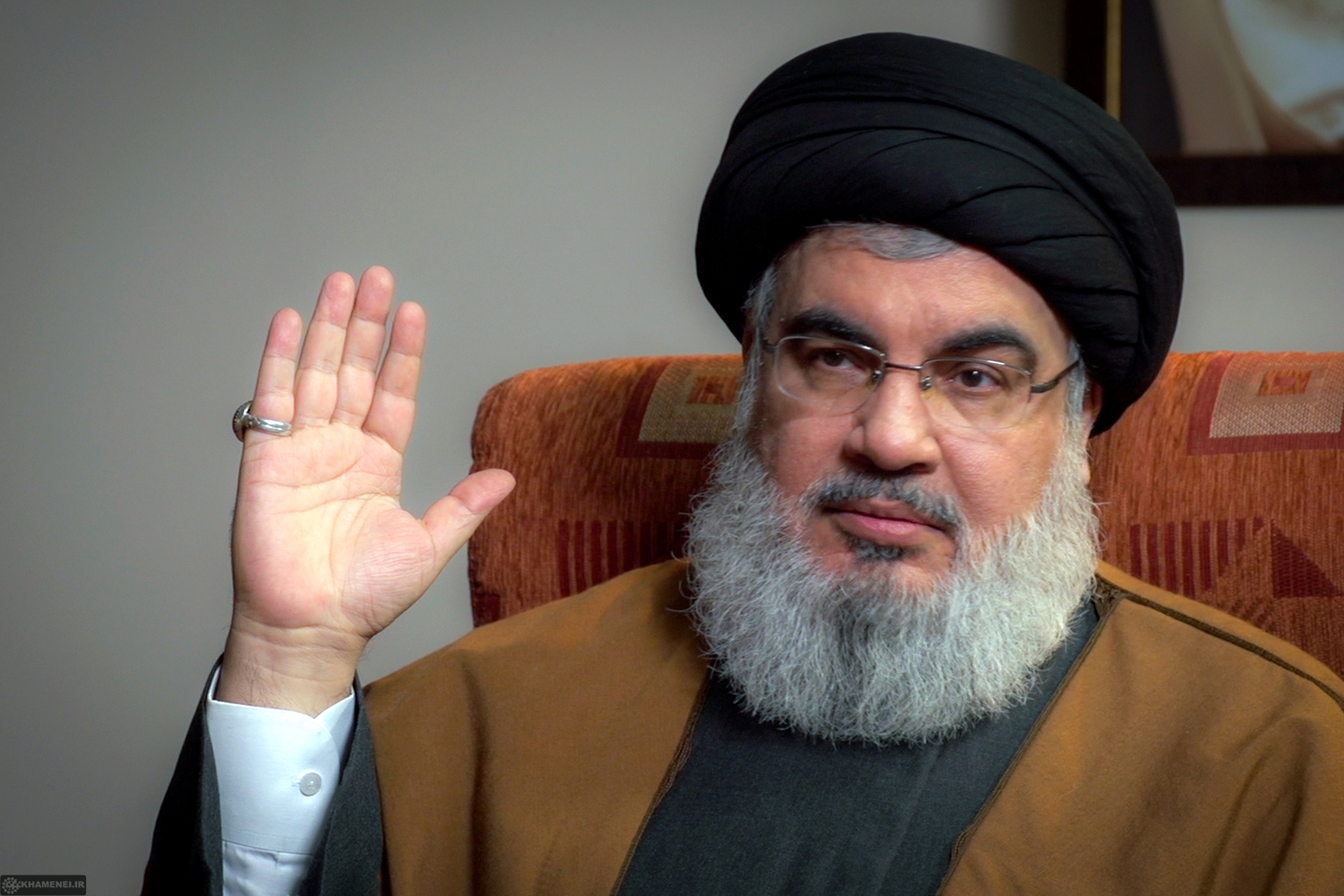
Since 1992, Hassan Nasrallah has led Hezbollah, a powerful Shiite group based in Lebanon that blurs the line between political party and militant organization. Under his command, Hezbollah has fought wars against Israel, launched rocket attacks, and allegedly orchestrated bombings abroad, including the 1994 attack on a Jewish center in Argentina. Nasrallah’s speeches, broadcast to massive crowds, rally supporters and intimidate adversaries. His group receives backing from Iran and Syria, making Hezbollah a major player in Middle Eastern geopolitics. Western governments, including the U.S., classify Hezbollah as a terrorist group, citing its involvement in violence beyond Lebanon’s borders. Intelligence assessments and counter-terrorism reports consistently highlight Nasrallah’s influence and strategic cunning.
Khalid Sheikh Mohammed: The Architect of 9/11
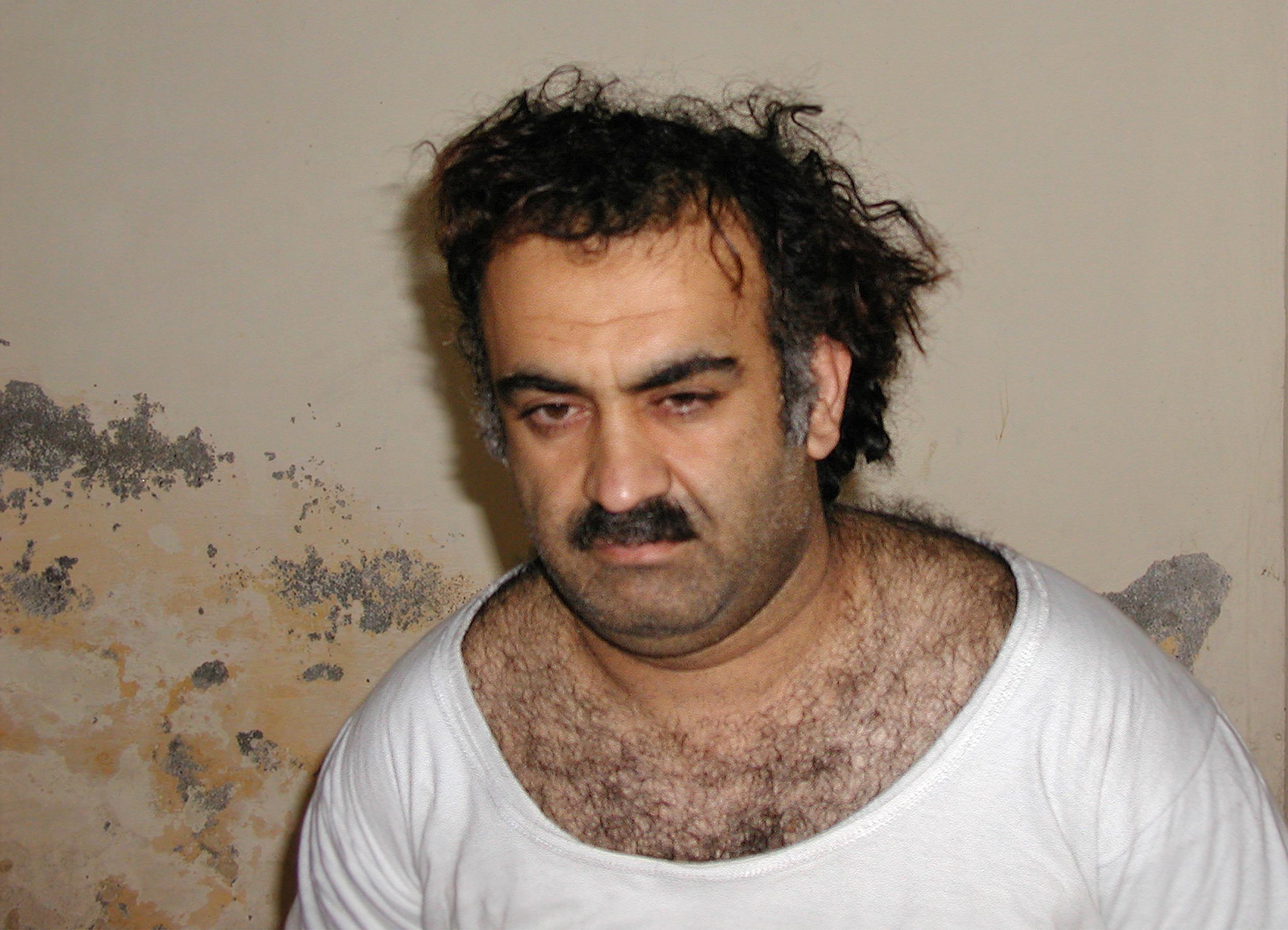
Khalid Sheikh Mohammed, a Pakistani national, is often described as the “mastermind” of the 9/11 attacks. Captured in 2003, he has been held at Guantanamo Bay, where his fate remains a legal and moral controversy. Mohammed’s confessions under interrogation revealed his central role in plotting not only 9/11 but also other foiled attacks, such as the “Bojinka plot” targeting trans-Pacific airliners. His case has raised difficult questions about torture, due process, and the complexities of prosecuting terrorism suspects. U.S. military and intelligence documents provide a wealth of evidence confirming his operational leadership in al-Qaeda. Mohammed’s story is a stark example of how one individual’s planning can have devastating global consequences.
Abu Bakr al-Baghdadi’s Successors: The Next Generation
After al-Baghdadi’s death, ISIS quickly appointed new leaders, demonstrating the group’s ability to adapt and survive. The current leadership remains shadowy, but reports suggest they are focused on rebuilding networks in Iraq, Syria, and beyond. The United Nations estimates that thousands of ISIS fighters remain active, with cells operating in Africa, South Asia, and Europe. These successors face constant pressure from military operations and intelligence agencies, yet the group’s ideology continues to inspire attacks. Recent security briefings indicate that ISIS is shifting tactics, relying more on local affiliates and digital propaganda. The international community remains on high alert, aware that the next infamous leader could emerge at any time.
Boko Haram’s Abubakar Shekau: Nigeria’s Ruthless Warlord
Abubakar Shekau led Boko Haram in Nigeria, turning the group into one of the deadliest terrorist organizations in Africa. Under his command, Boko Haram waged a campaign of bombings, kidnappings, and massacres, including the notorious abduction of over 200 schoolgirls in Chibok in 2014. Shekau’s brutal leadership style and refusal to negotiate made him a feared figure. Nigerian and international forces spent years pursuing him, with reports of his death surfacing multiple times before his confirmed demise in 2021 during clashes with a rival faction. Humanitarian groups and government agencies have documented the profound suffering caused by Boko Haram, underscoring Shekau’s impact on the region.
Abdelmalek Droukdel: The North African Al-Qaeda Chief
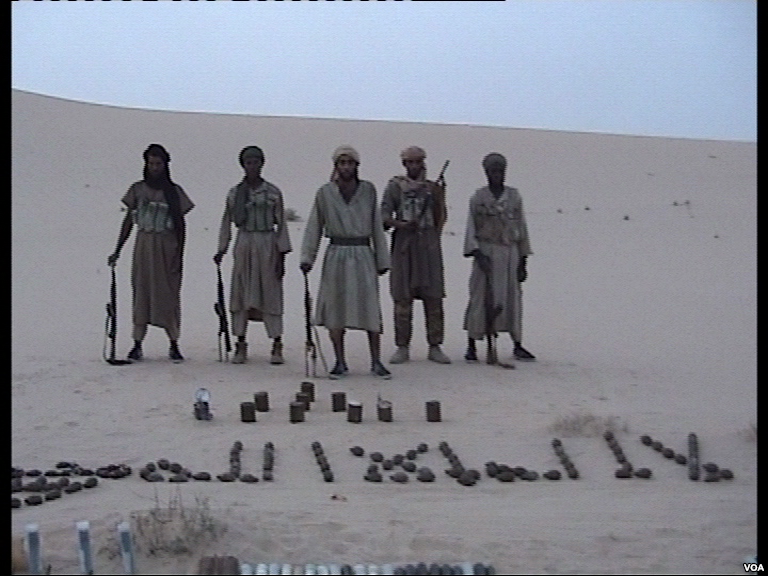
Abdelmalek Droukdel led al-Qaeda in the Islamic Maghreb (AQIM), orchestrating attacks across Algeria, Mali, and the Sahel. His group targeted military convoys, Western tourists, and local governments, sowing instability across vast swathes of North Africa. Droukdel built alliances with other jihadist groups, helping AQIM expand its reach. In June 2020, French forces killed Droukdel in northern Mali, dealing a blow to the organization. Security analysts and military communiqués from the region highlight his role in the rise of jihadist violence in Africa. Droukdel’s death was seen as a significant victory, but AQIM’s influence persists, fueled by poverty and political chaos.



